
Posts By
Tomaž Bratanič
Graph ML and GenAI Research, Neo4j
Tomaž Bratanič works at the intersection of graphs and machine learning and generative AI.

Agentic Graph Analytics With External MCP Providers and Neo4j
8 min read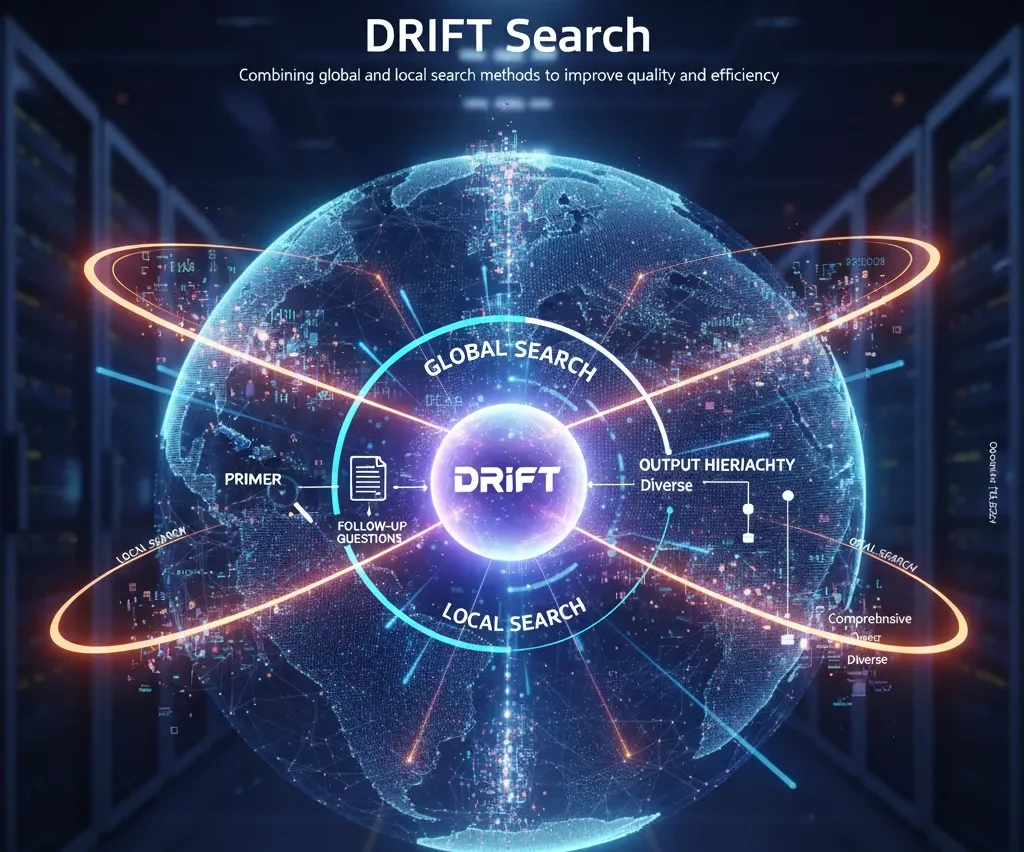
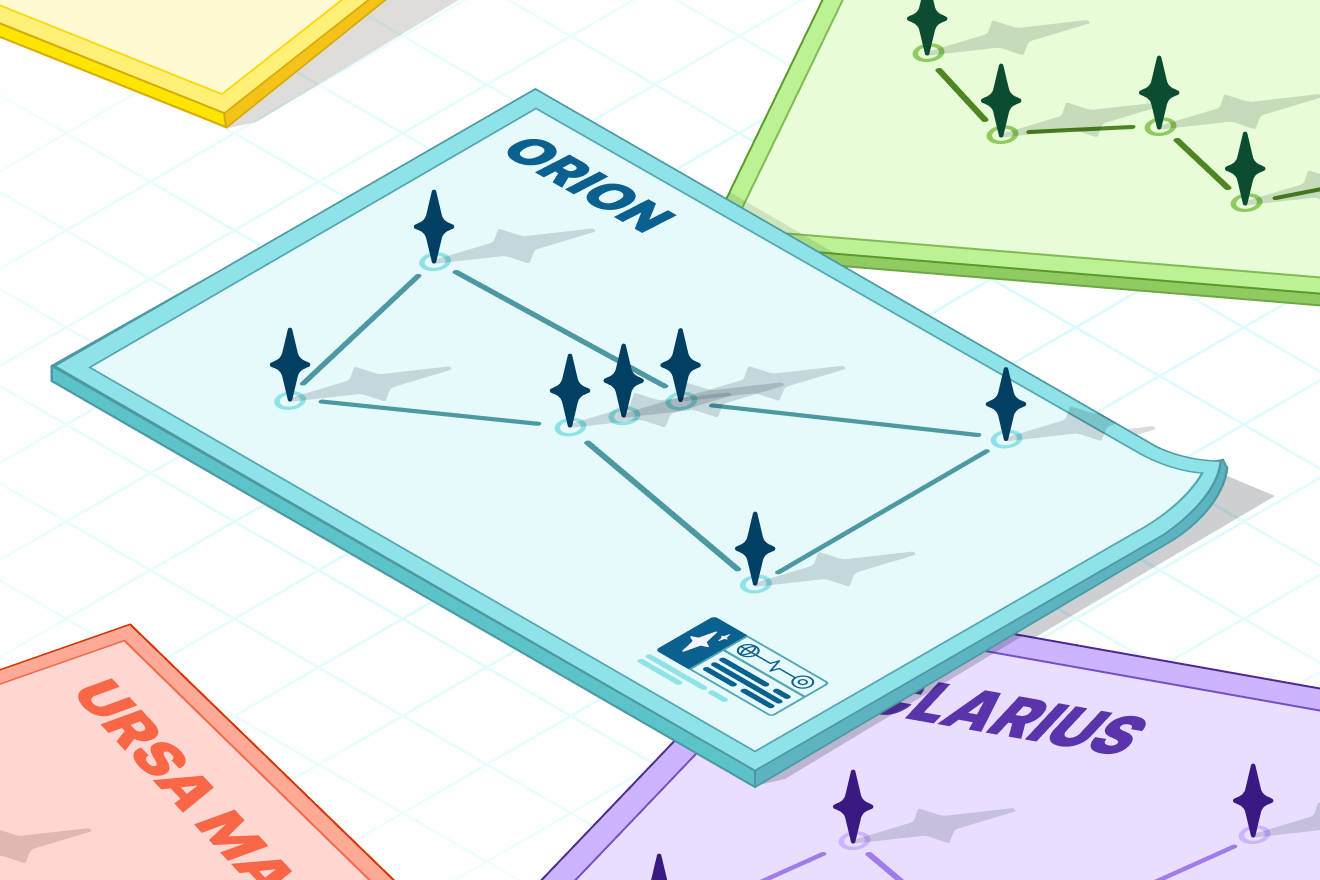

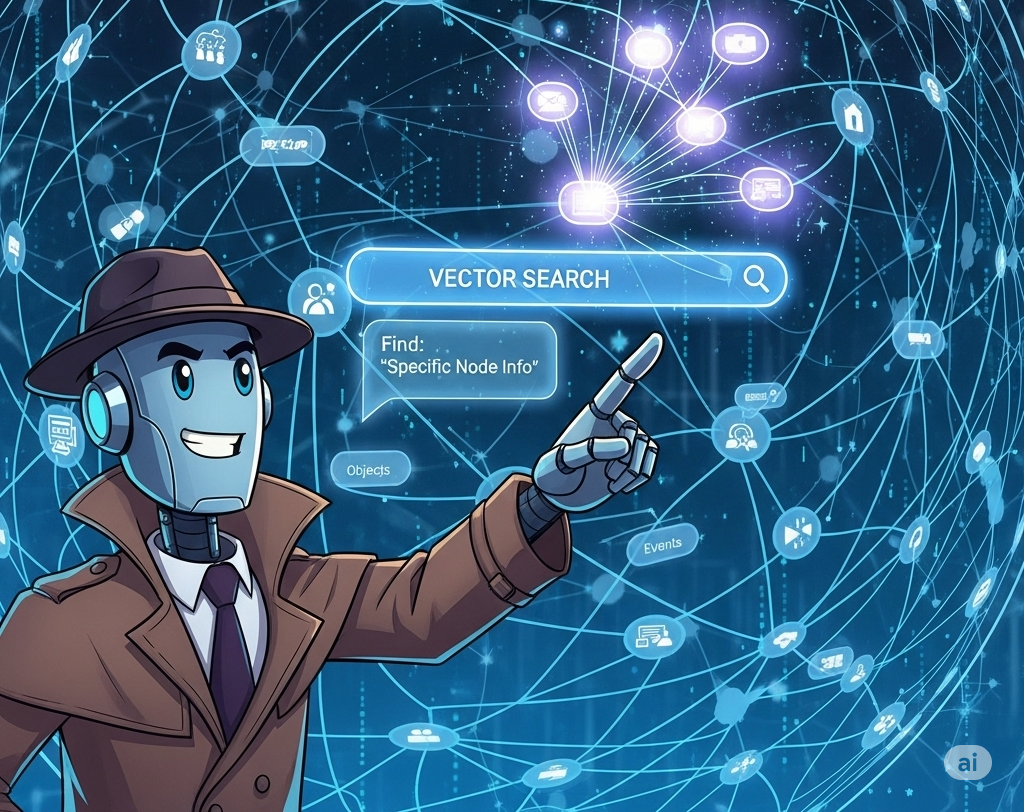
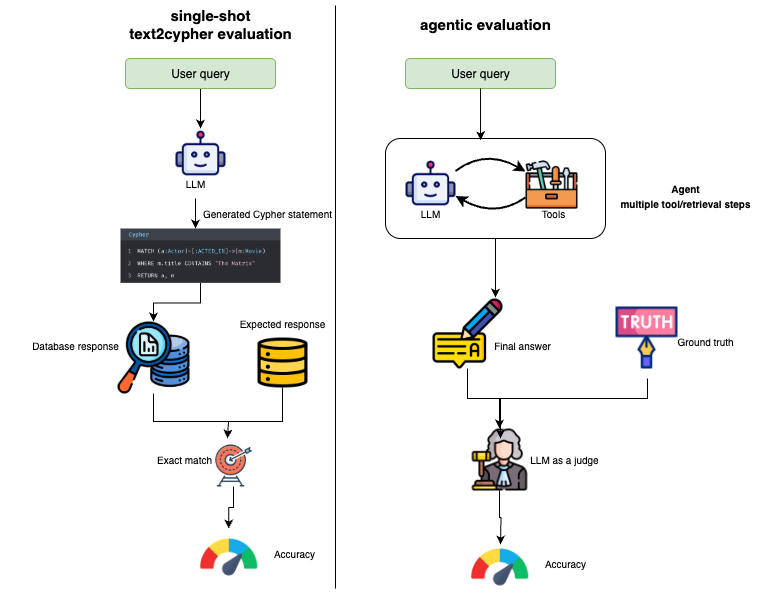
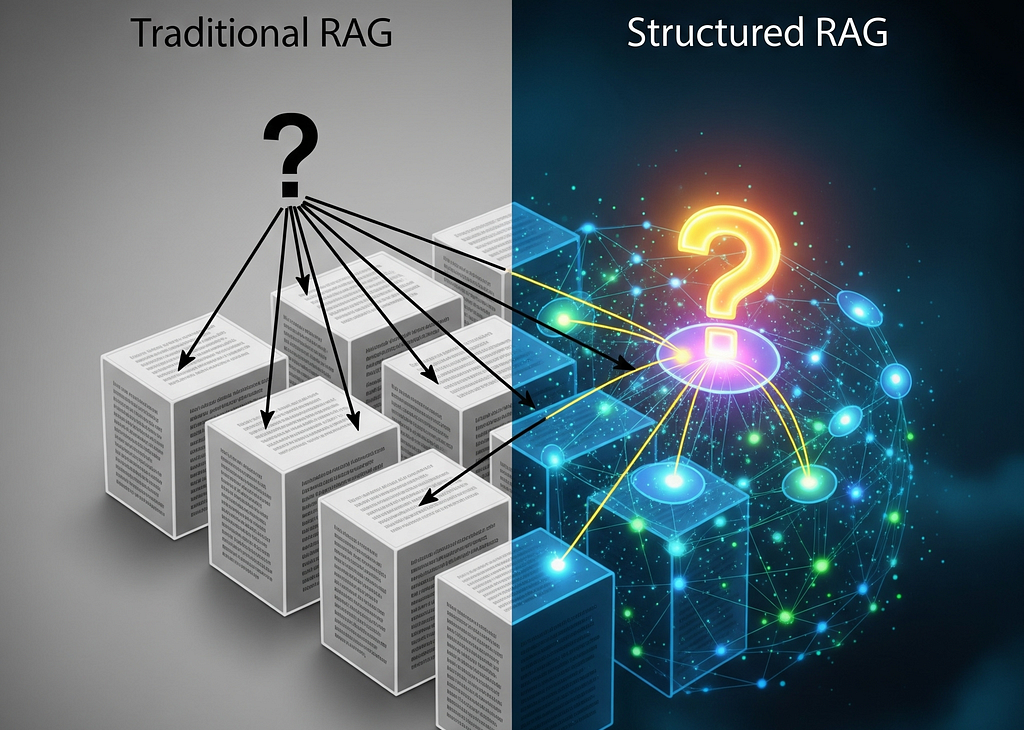

RAG Tutorial: How to Build a RAG System on a Knowledge Graph
18 min read
How to Improve Multi-Hop Reasoning With Knowledge Graphs and LLMs
20 min read

